Samsung Galaxy S10e vs Apple iPhone XR
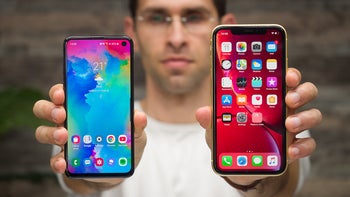
Review index
One Big Difference: Size & Design | Biometrics | Display | Interface and Functionality | Processor, Performance and Memory | Camera | Sound quality | Battery life | ConclusionThe biggest downside of most great phones in 2019 is without a doubt their price: as smartphone unit sales slow down, the biggest phone makers have collectively decided it is time to raise the prices of their top phones higher than ever.
But not everyone is ready to pay $1,000 or even more for a new phone, especially one that is not necessarily a revolutionary change over their current device. So this is how the “almost-flagship” category was born: out of necessity to meet the needs for a great device that keeps cost at a certain limit.
Apple did it first with the iPhone XR and now Samsung is doing it too with the Galaxy S10e. These “almost-flagships” get the privilege to be displayed alongside those $1,000 phones and they carry most of the features in them too, but at a more reasonable price. In this case the price is set at exactly $750 on both phones, so many people will be picking between these two this year. So… what are the differences? And which one should you choose?
One Big Difference: Size & Design
Premium materials, small size and a punch-hole design
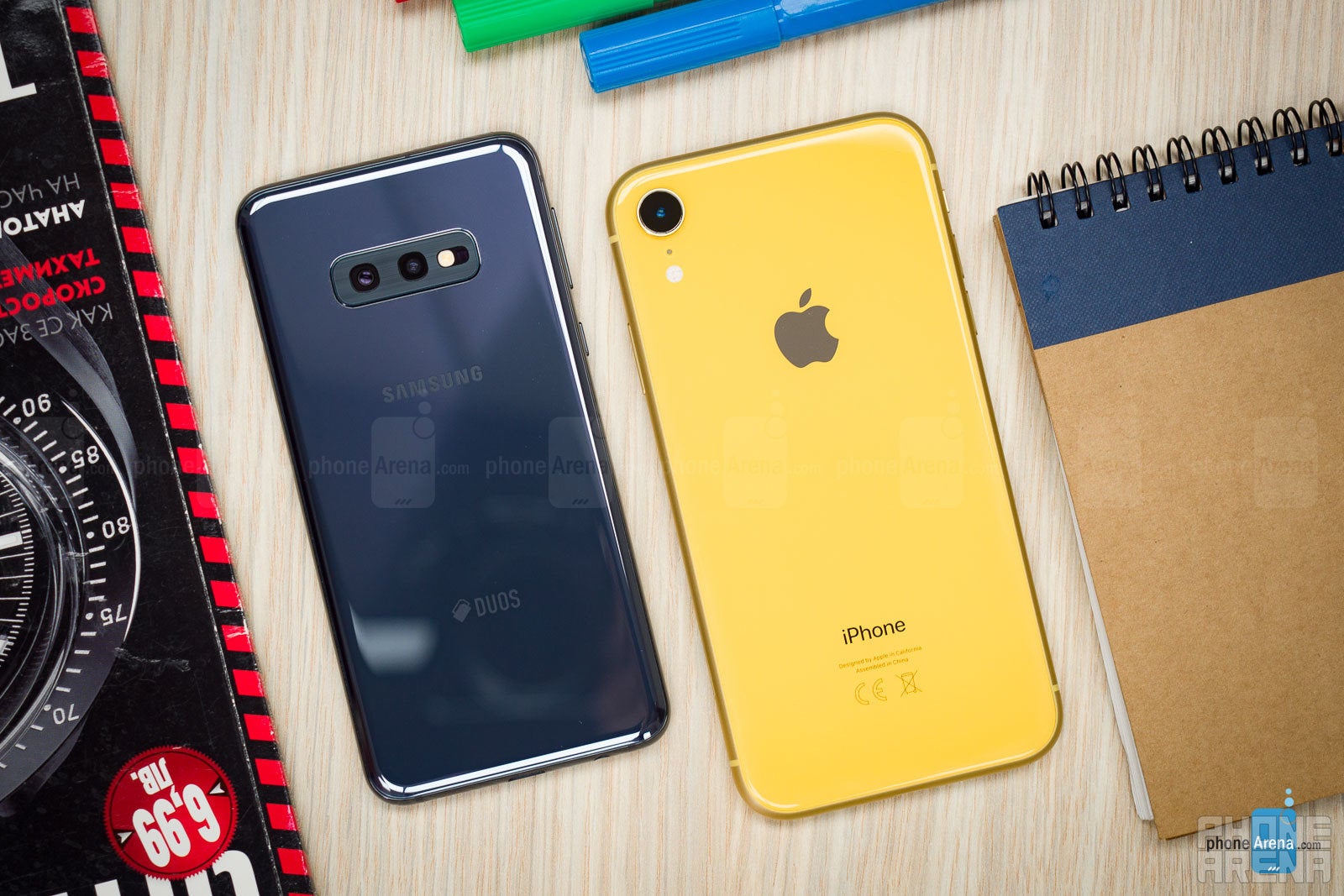
In terms of build quality and materials, both are equally well made with a glass design and a metal frame. And then there are the colors: you can get these in a big variety of colors! The iPhone has a cheerful selection of six different models, a red, coral, blue, yellow, white and black ones, while the Galaxy comes in black, white, blue and green, plus the extravagant “canary yellow” and “flamingo pink”.
*Both the iPhone and the Galaxy have a striking yellow version, but these could not be any different in terms of actual hue. The iPhone yellow is a bright, lemony, frozen yellow color, while the Galaxy “canary yellow” is a much heavier, a much more saturated tonality.
The Galaxy also has one extra button: the Bixby key! This one we could easily live without as Bixby is not quite as good as the Google Assistant or Siri and we so often mistake it for the power key and press it accidentally. Good news, however, is that now you can remap the button to start your favorite app, and have Bixby open with a double press, so you don’t accidentally trigger it. Much better!
Biometrics
Fingerprint vs Face ID
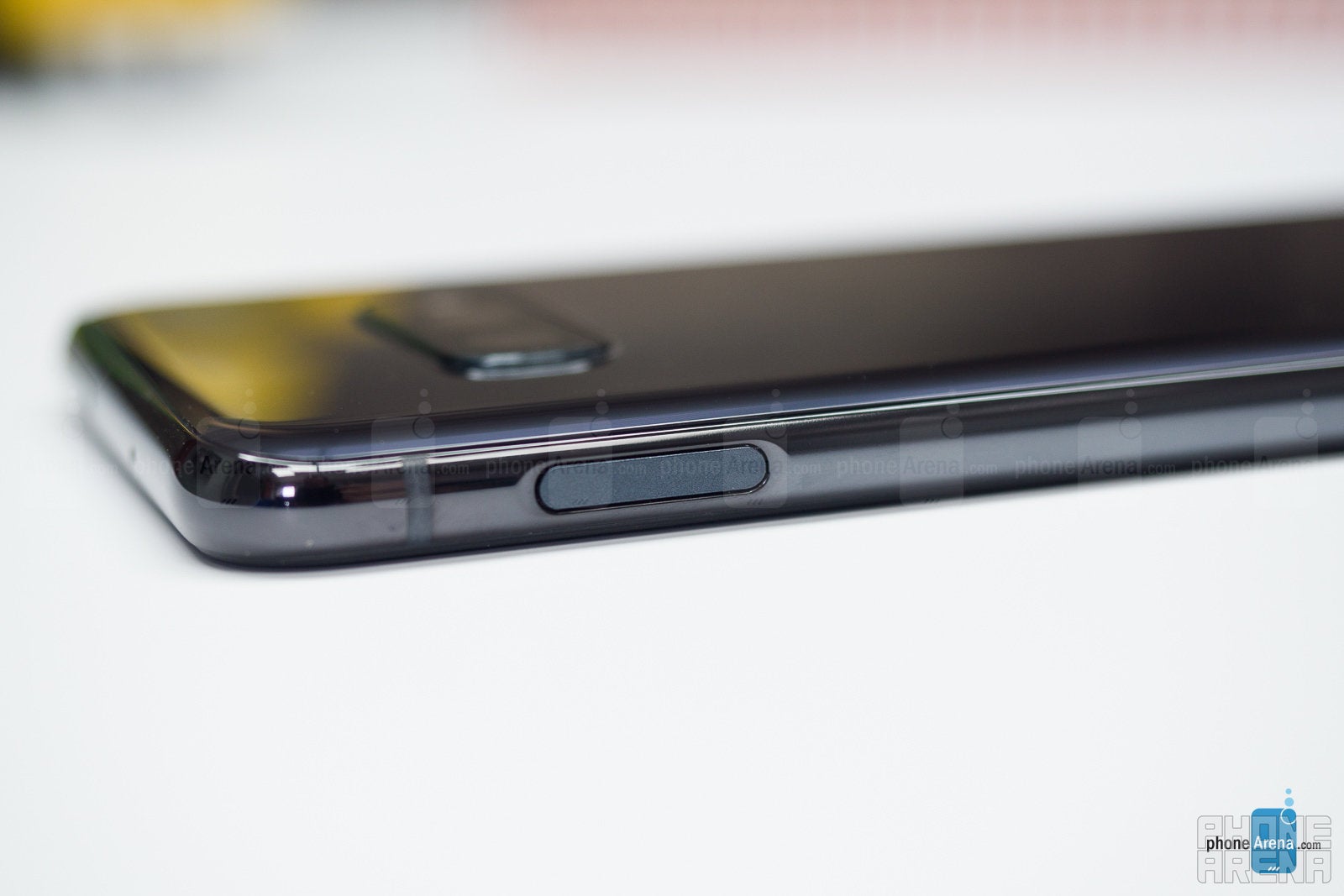
The traditional fingerprint reader on the side of the Galaxy S10e
However, after using the S10e for a while, I can confidently say that the slim size of this fingerprint reader makes it less accurate than a regular, round fingerprint reader. And especially when I used the phone with a case, I was getting a lot more faulty readings than usual. Also this is not the fastest fingerprint scanner around: it’s not slow per se, but there is a noticeable delay when using it.
On the other hand, the raise to wake plus Face ID combo on the iPhone feels more natural: you just raise the phone, the screen automatically turns on, you just swipe and it unlocks. The whole process feels uninterrupted, borderless. I do get occasional failed readings with Face ID as well, so it’s not perfect, but it’s definitely the more refined system.
Display
AMOLED vs LCD
The S10e features a 5.8” AMOLED display that looks stunning. It has rich, lively colors, excellent contrast, great viewing angles, and is just a great screen overall. Contrary to many pundits’ speculation, the 6.1” LCD screen on the iPhone XR is not bad at all: it is among the better LCD screens around, but put it side to side with the S10e and it just cannot match those vibrant colors.
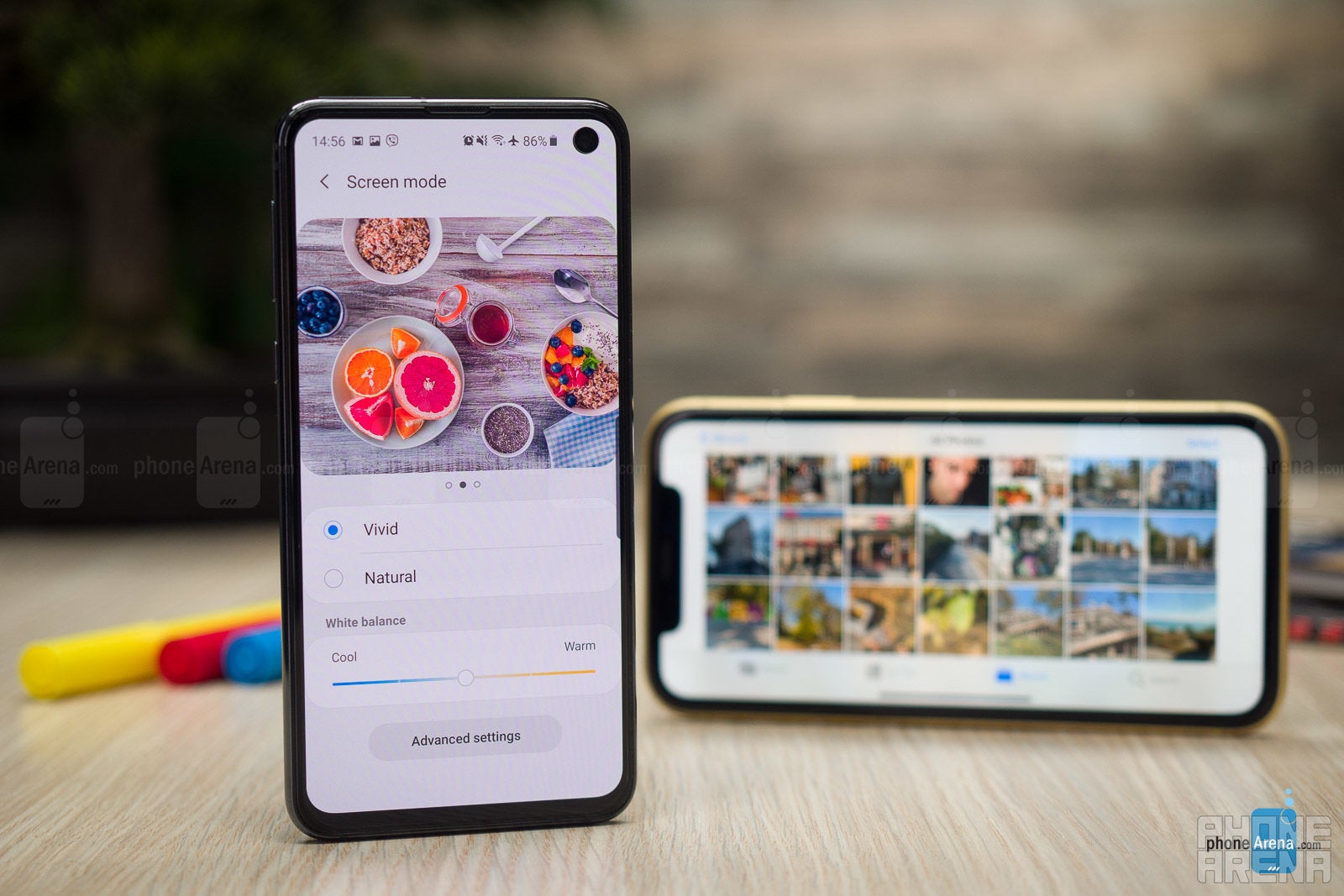
You also have the Always-on Display feature on the Galaxy, which is useful: a quick peek at the screen shows you what missed notifications are there. And now, you can change the Always-on screen to only show up when you tap the screen. Technically, this makes it a “not always-on display”, but we still find it useful and you get the battery savings of not running it all the time. You also have the Edge Panels on the Galaxy, which are another way to quickly get to your contacts or news, scores and stocks.
While the iPhone lacks those features, it has an incredibly fine-tuned raise to wake feature, while the same feature on the Galaxy feels abrupt and not that well tuned.
Interface and Functionality
Android vs iOS
The big, big difference between these two, however, is the software they run. The Galaxy has the new Samsung One UI based on Android 9 Pie, while the iPhone runs the latest iOS 12.
Both platforms have their pros and cons, but if you want a summary it boils down to these few differences. First, the software updates. With the iPhone XR you are buying a phone that you know will be updated for at least three years, and most likely four or maybe five years, while with the Galaxy you know that these updates come months after Google releases them and you cannot really count on those updated after the first major one.
Some power user features are better on iOS, others - on Android. For example, AirDrop is a super easy and quick way to transfer files between a Mac and an iPhone, but the closed file system does not allow you to connect an SSD flash drive to your iPhone, while you can do this easily on the Galaxy S10e.
Processor, Performance and Memory
Fast vs smooth
While both the S10e and the XR make some compromises compared to their $1,000 counterparts, there is no compromise on either one when it comes to performance. Both the S10e and the XR feature the fastest processors available: the S10e comes with the Snapdragon 855 (or the Exynos 9820 if you live outside the US), while the XR comes with the Apple A12 chip. You also have 6GB of RAM on the base S10e model versus 3GB RAM on the iPhone XR.
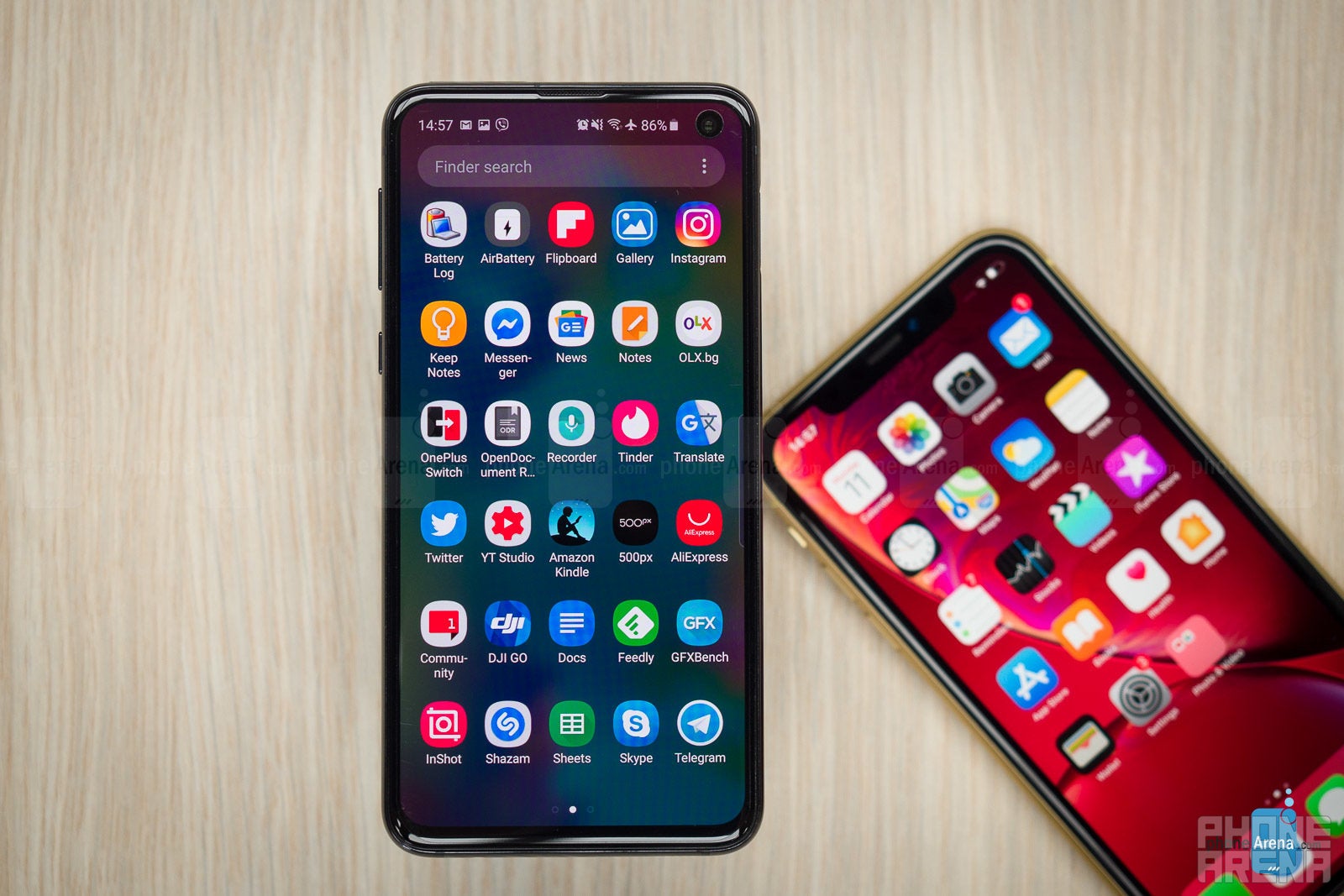
Using these phones feels very different. First, let’s say that both are fast, but the iPhone is also smooth with nice transitions and animations for every gesture and move around the interface. It has flow and feels fluid. The Galaxy feels fast, even faster than the iPhone, but also kind of abrupt. Things just suddenly pop at you rather than smoothly appearing. Of course, these are the details, the feeling of using the phones, rather than the practicality of how many milliseconds it takes to open an app, but we find this aspect important and in this, the Galaxy is lacking.
In actual benchmarks, the iPhone has a slight advantage and you can see the results right below. Note that the benchmark scores below are for the Exynos model of the Galaxy S10e.
The Galaxy S10e also comes with double the storage of the base iPhone XR model: you get 128GB on the Galaxy versus 64GB on the iPhone at the same price.
Here is how prices break down for the different storage models:
- Galaxy S10e 128GB: $750
- Galaxy S10e 256GB: $850
- iPhone XR 64GB: $750
- iPhone XR 128GB: $800
- iPhone XR 256GB: $900
The Galaxy also has a microSD card slot, so you can expand that storage even further, while the iPhone lacks that option.
Camera
iPhone captures more natural photos, while the Galaxy favors more saturated looks
A great camera has become one of the biggest selling points of flagship phones, and these here Galaxy S10e and iPhone XR make a few compromises compared to pricier phones in exactly this one area.
The compromise, however, is not a big one: you are missing a telephoto camera on both these phones, so you don’t get as clear photos at 2x zoom as you otherwise would. And you can still take portrait mode shots with a blurred background with the main cameras.
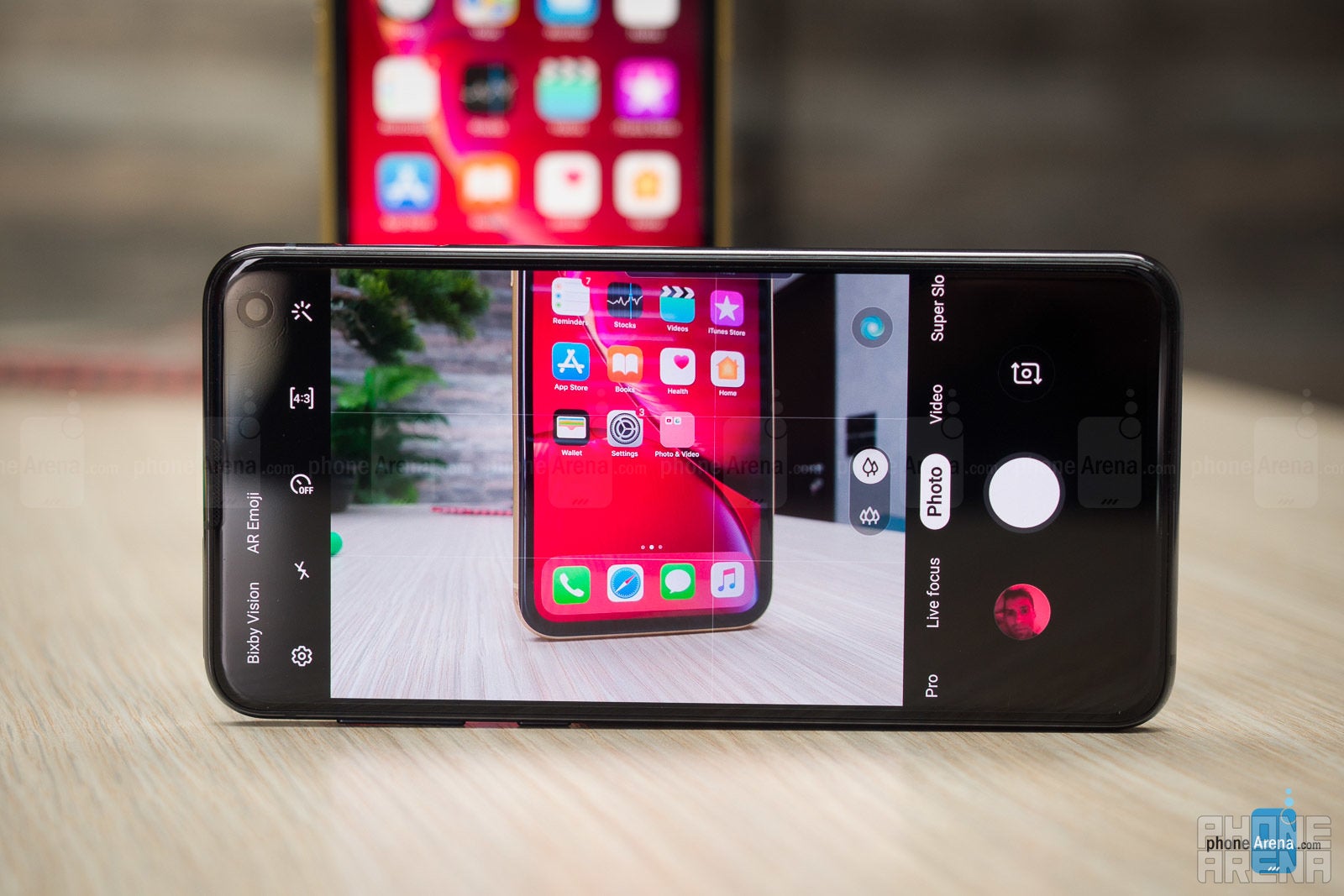
- Rear cameras: One 12MP 26mm on iPhone XR vs Two cameras (12MP main 26mm + 12MP ultra-wide 12mm) on S10e
- Front cameras: 7MP on XR vs 10MP on S10e
And with the new camera app on the S10e, the camera interfaces on both phones are very similar: you simply swipe to switch between different camera modes.
One thing that the Galaxy does better is simply how fast you can start the camera: double click the home button and the camera starts instantly, while the iPhone lacks such a handy shortcut, so you have to first wake the screen and only then you can access the camera.
Image Quality
So… which one takes better pictures?
During the day, the difference in quality is not all that big, but still there is a difference, especially when you look at the photos on a big screen. The biggest thing is probably the difference in colors: the Galaxy has slightly more saturated color, especially the greens, while the iPhone has more realistic colors that don’t always pop as much as the photo on the Galaxy. The S10e also often (but not always) overexposes photos so they look a bit too bright, while the iPhone has a more balanced exposure. If you look very close at images, you will also notice a bit of oversharpening halo artifacts on the S10e, while the iPhone does not have that.
Portrait mode also captures similar results on both phones, but in slightly dimmer conditions, we found it much harder to even activate portrait mode on the iPhone, while on the Galaxy it is much easier to actually take a portrait (Live Focus) shot even at night.
Video quality
iPhones are traditionally great for recording video, and that’s why we were curious to see whether the S10e can match the iPhone XR here.
Good news is that Samsung has gotten rid of the time limit for recording 4K video (the Note 9 could only record 10 minutes of uninterrupted 4K30 footage and 5 minutes of 4K60 footage). The only thing that happens is that the actual 4K60 footage on the S10e is broken down in 8-minute segments in the gallery rather than being a single file, but we guess that’s a file system/memory issue.
For 4K video, you get similarly great, sharp detail on both phones. There are some differences in continuous auto-focus: the focus switch happens abruptly on the S10e, while on the iPhone you get a nicer, more cinematic transition.
The biggest improvement in video on the S10e, however, comes when you record 1080p footage and when you enable the new Super Steady stabilization option (the wavy hand at the top center). The footage you get with Super Steady is really mind-blowing: everything glides smoothly and it’s hard to tell the difference between a Super Steady shot and a video stabilized with a gimbal. The iPhone has very good image stabilization as well, but Super Steady is just next level.
For the first time on a Galaxy phone, you now also have 4K video with the front camera on the S10e. The iPhone maxes out at 1080p for the front camera. Quality is good on both of them.
Sound quality
Both the S10e and the XR come with dual loudspeakers, a bottom firing one and another one in the earpiece, and both sound very good. The iPhone has a surprisingly boomy bass for a smartphone, while the Galaxy does not have as much bass, but has louder and cleaner highs and vocals. Despite the differences, both sound great.
And when it comes to call quality, we’ve had zero issues with these phones. Voices sound very loud and very clear, just as you’d expect with a phone in 2019.
Battery life
This one goes to the iPhone, but the Galaxy is not bad too
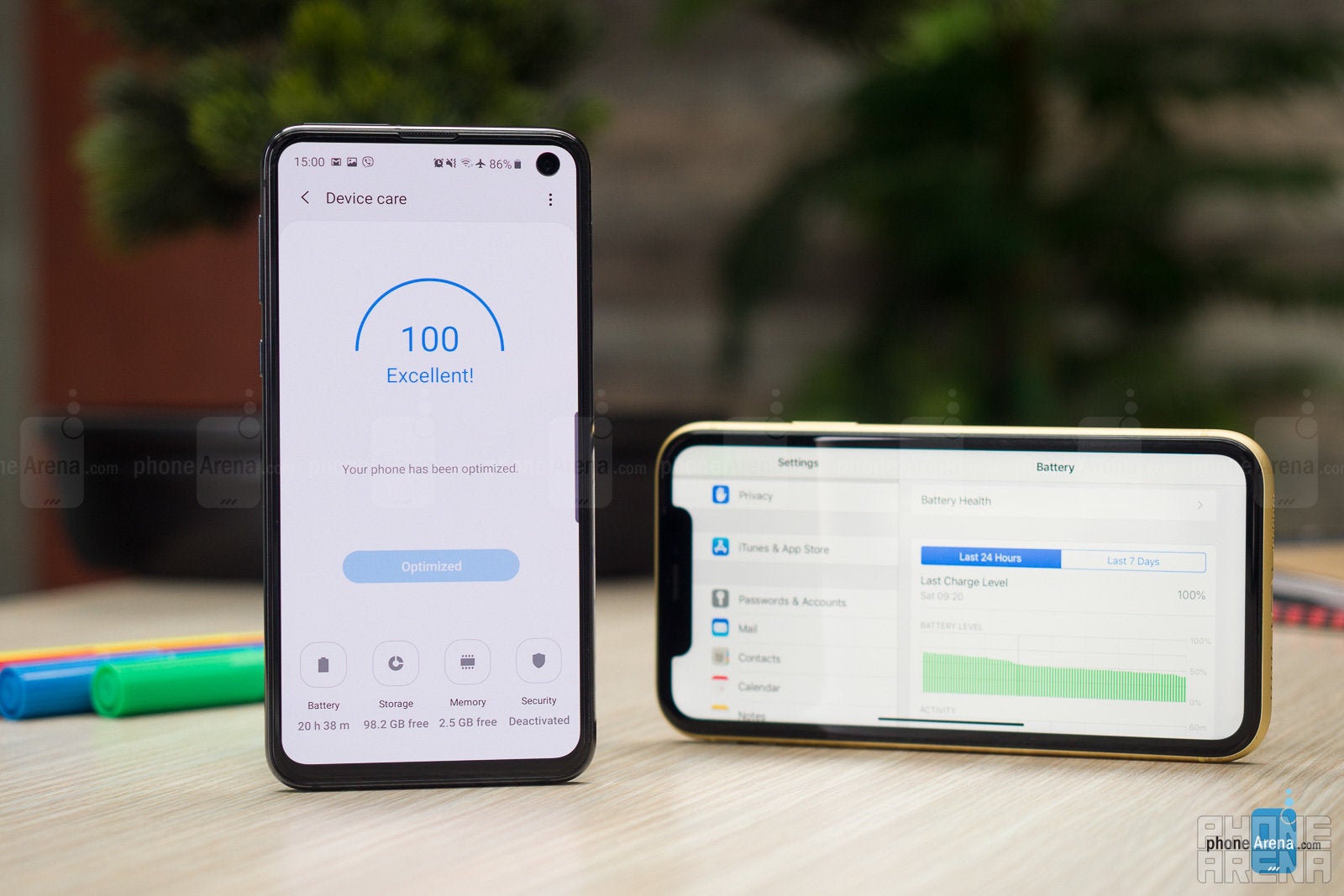
But first, here are the battery sizes on these phones:
- Galaxy S10e: 3100mAh
- iPhone XR: 2942mAh
The S10e has the slightly larger battery capacity, but it also has a higher-resolution screen that demands more power.
So how did it do? On our proprietary battery test, the S10e scored a rather mediocre score of around 7 hours, while the iPhone has a nearly 60% better result.
In real-life, however, the difference is not that big and it will really depend on how you use the phone. We’ve noticed that certain things drain the battery on the Galaxy very quickly, especially 4K video recording and web browsing, while watching videos for instance is not that taxing.
In either case, you will have no problem getting through a full day, even the longest one with both phones. The iPhone, however, often lasts us even two days between charges, while the Galaxy is not quite there.
Conclusion
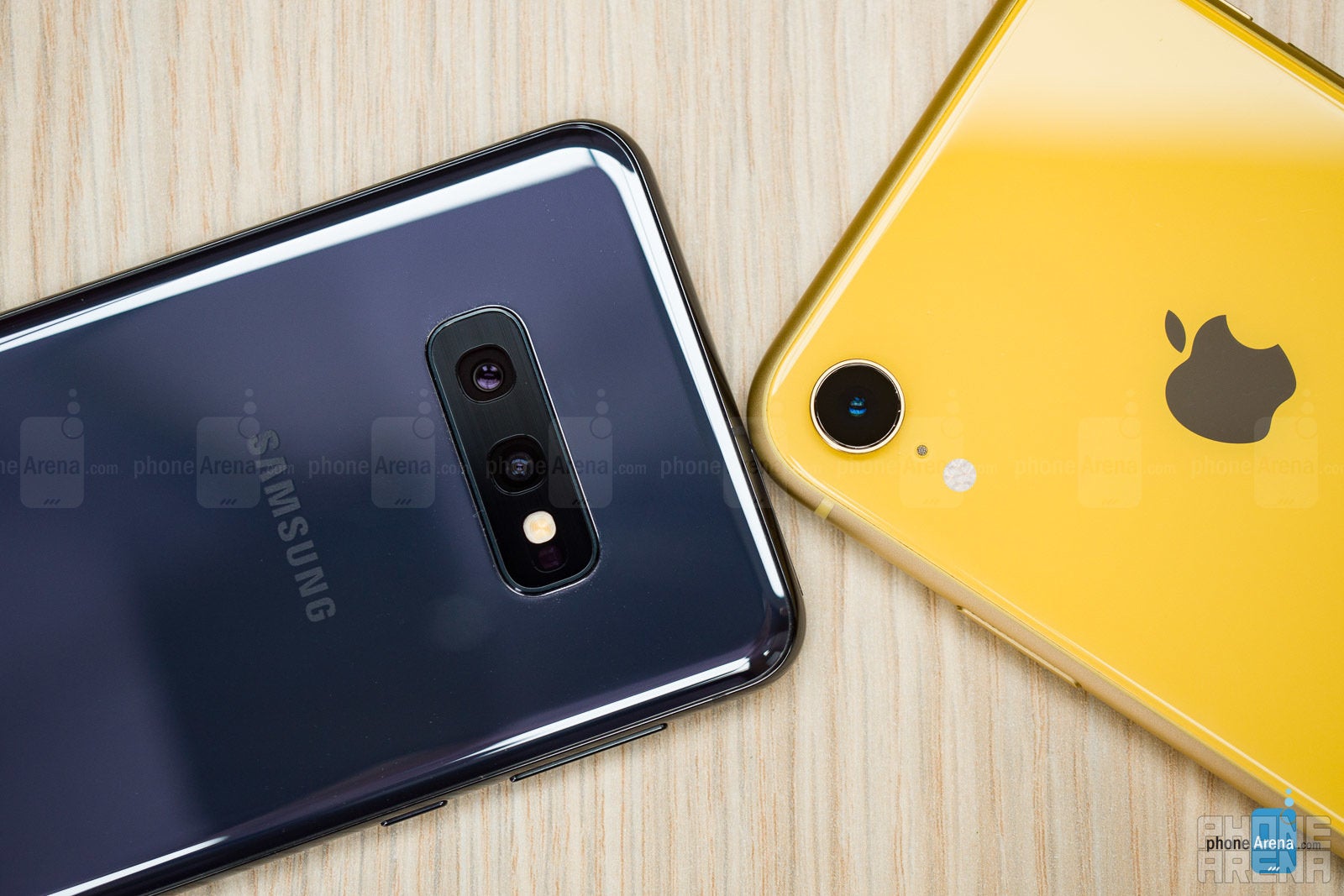
Get the Galaxy if you prefer a smaller screen and you really value great screen quality. Get it also for the openness of Android, the way that you can fully customize the interface, get it if you care about the little conveniences like the headphone jack and microSD card support.
Get the iPhone if you want a phone that will be updated for four or five years, get it if you want consistently great battery life, the simplicity of Face ID and get it simply if you want a bigger phone.
So… which one would you choose?
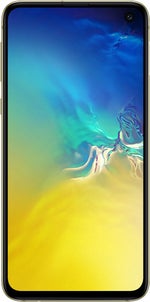
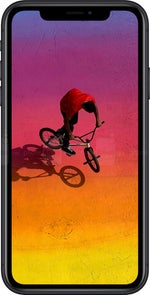

























Things that are NOT allowed: